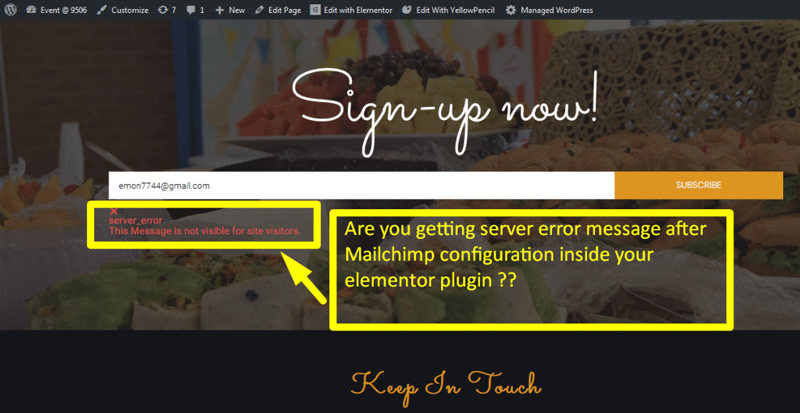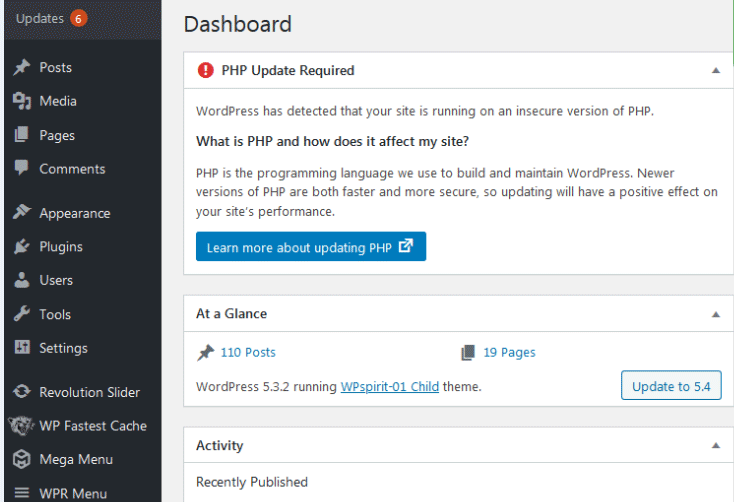To optimize WordPress for mobile, use a responsive theme and install a mobile-friendly plugin. Compress images and leverage browser caching.
Optimizing WordPress for mobile is essential in today’s digital landscape. With increasing mobile internet users, a mobile-friendly site enhances user experience and boosts search engine rankings. A responsive theme adjusts the layout to fit various screen sizes, ensuring content is easily readable.
Mobile-friendly plugins further enhance functionality and performance. Image compression reduces load times, making your site faster and more efficient. Leveraging browser caching stores static files on users’ devices, speeding up repeat visits. These steps collectively ensure your WordPress site is mobile-optimized, improving user engagement and search engine visibility.
Importance Of Mobile Optimization
More people use their phones to browse the internet. This trend is growing every year. Many users now prefer mobile devices over computers. Businesses must adapt to this change. A website that is not mobile-friendly can lose many visitors. Google also favors mobile-friendly sites in search results. Not optimizing for mobile can hurt your search rankings.
Mobile users want quick and easy access to information. Slow loading times can frustrate them. Small text and tiny buttons are hard to use. This can make visitors leave your site. A good mobile experience keeps users happy. Happy users stay longer and come back more often. This can increase your website traffic.
Choosing A Responsive Theme
A responsive theme works well on any device. It adjusts to different screen sizes. Fast loading themes give a better user experience. Clean design makes navigation easy. SEO-friendly themes help your site rank higher. Themes with customization options allow changes to fit your needs.
| Theme Name | Features |
|---|---|
| Astra | Fast, customizable, SEO-friendly |
| GeneratePress | Lightweight, responsive, user-friendly |
| OceanWP | Versatile, eCommerce-ready, responsive |
Optimizing Images
Optimizing images enhances mobile performance on WordPress. Compress images without losing quality to boost load speed. Use responsive images to ensure proper display on all devices.
Image Compression Tools
Use image compression tools to reduce file size. Smaller images load faster. TinyPNG and JPEG-Optimizer are great tools. These tools keep quality high. Smaller images improve mobile speed. Always compress images before uploading.
Choosing The Right Formats
Choose the right formats for images. JPEG is best for photos. PNG works well for graphics. WebP is a newer format. It offers better compression. Right formats make pages load faster. Always use the best format for each image type.
Enhancing Loading Speed
Minify your CSS and JS files. This reduces their size. Smaller files load faster. Use tools like Minify or UglifyJS. These tools remove unnecessary spaces. They also remove comments and reduce code length. Faster loading improves user experience.
Implement lazy loading for images. This means images load only when visible. Use plugins like Lazy Load by WP Rocket. Lazy loading reduces initial page size. It also saves bandwidth. This greatly improves page speed.
Mobile-friendly Plugins
Some plugins make your site mobile-friendly. One essential plugin is WPtouch. It automatically creates a mobile version of your site. Jetpack is another important plugin. It has a Mobile Theme module.
Smush helps to compress images without losing quality. This makes your site load faster. AMP plugin also helps. It makes pages load quickly on mobile.
Using too many plugins can slow down your site. Only install necessary plugins. Deactivate and delete unused plugins. This helps keep your site fast and responsive.
Check plugin compatibility before installing. Some plugins do not work well together. Use a plugin performance tester to see how each plugin affects your site speed.
Improving Navigation
Use a hamburger menu for mobile devices. This type of menu saves space. It also makes navigation easy. Ensure the menu is simple and clear. Users should find what they need fast. Avoid using too many menu items. Keep it minimal. Test the menu on different devices. Make sure it works perfectly.
Shorten the text on mobile pages. Long paragraphs can be hard to read. Use bullet points to break up information. This makes it easier to scan. Remove any unnecessary content. Focus on what is most important. Use images and videos wisely. They should load quickly. Compress them to save space. Keep everything organized.
Testing Mobile Performance
Google Mobile-Friendly Test helps you check your site’s mobile performance. Enter your website URL in the tool. The test will show if your site is mobile-friendly. Results include suggestions to improve mobile usability. Make sure to follow these suggestions. It helps in making your website better for mobile users. A mobile-friendly site improves user experience and SEO.
Metrics are important to understand how your site performs on mobile. Key metrics include loading time, bounce rate, and user engagement. Use tools like Google Analytics to track these metrics. Check the mobile performance report in Google Analytics. It shows how mobile users interact with your site. Focus on improving areas with poor performance. Faster loading times and lower bounce rates lead to better mobile experience.
Ongoing Maintenance
Keep your WordPress site updated. Update plugins and themes regularly. Updates fix bugs and improve security. Use the latest version of WordPress. This ensures compatibility with mobile devices. Regular updates can help your site run smoothly.
Check your site’s performance often. Use tools like Google Analytics. Monitor loading times and bounce rates. Slow sites can lose visitors. Make sure images are optimized. Compress large files to speed up loading. Regular checks help keep your site fast and efficient.
Frequently Asked Questions
How Do I Optimize My WordPress Site For Mobile?
Optimize your WordPress site for mobile by using a responsive theme. Compress images for faster loading. Enable browser caching and minify CSS and JavaScript. Use plugins designed for mobile optimization. Test your site on different devices.
How To Make A WordPress Website Mobile Friendly?
Use a responsive theme. Optimize images for faster loading. Enable AMP (Accelerated Mobile Pages). Use a mobile-friendly plugin. Test on multiple devices.
Are WordPress Websites Mobile Optimized?
Yes, WordPress websites are mobile optimized. Many themes are responsive and adapt to different screen sizes. Plugins can enhance mobile performance.
How To Adjust WordPress For Mobile?
To adjust WordPress for mobile, use a responsive theme. Install mobile-friendly plugins. Optimize images and enable caching. Test your site on various devices.
Conclusion
Optimizing WordPress for mobile is essential for better user experience and higher search engine rankings. Focus on responsive design, fast load times, and efficient plugins. Regularly update themes and plugins to keep your site secure. Following these steps will help ensure your WordPress site performs well on mobile devices.


